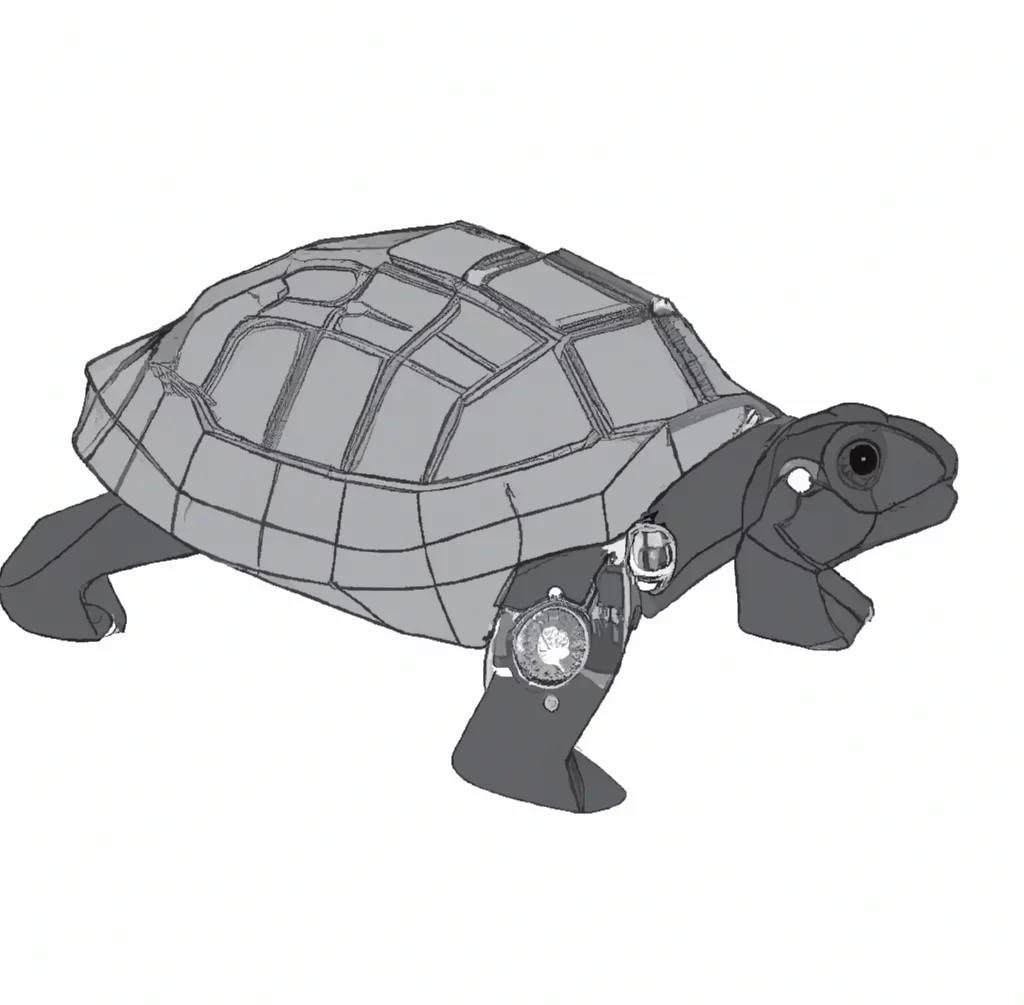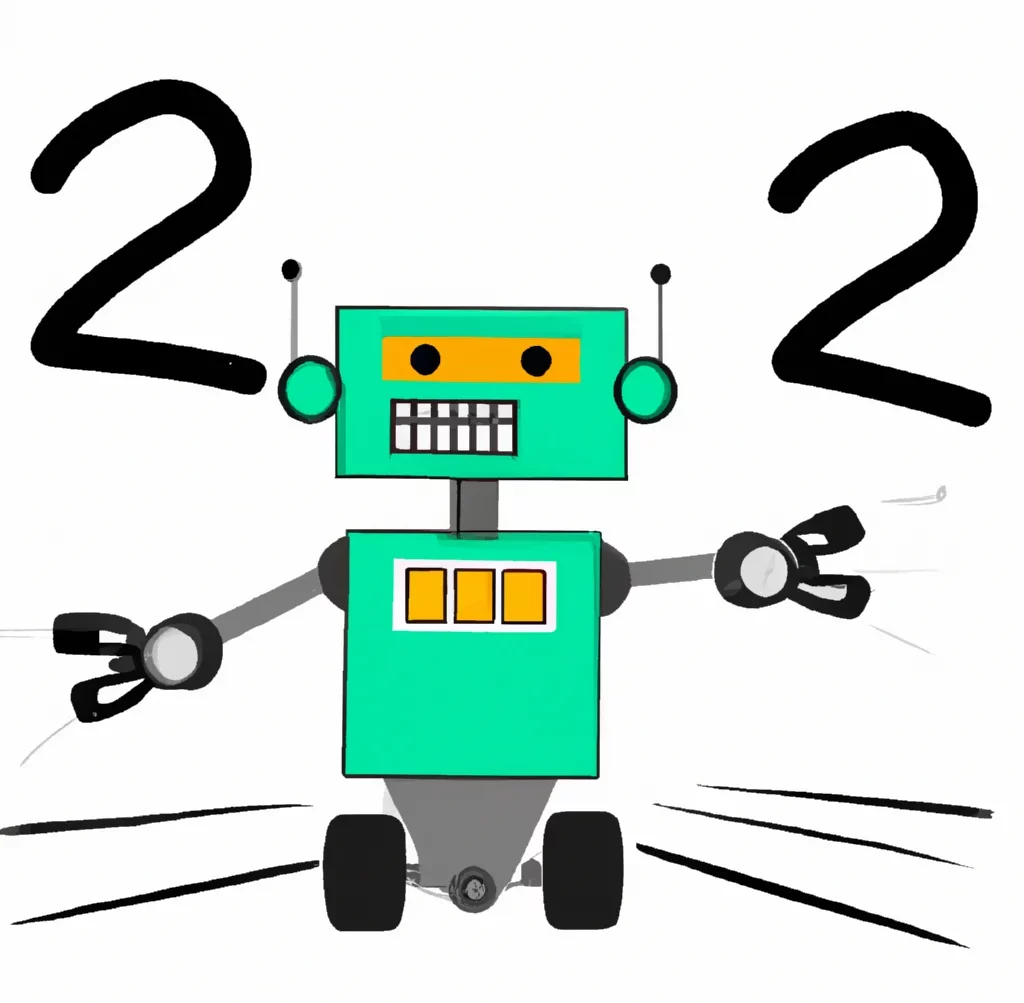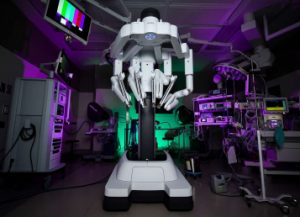Hello everyone, we are back with another topic about robotics, which we know many people are passionate about. Today we will talk about Educational Robotics as a tool to transform traditional education. I think it is valid to say that it is extremely important to promote learning using and developing technological skills for our future and, therefore, for humanity, isn’t it? Well, it turns out that through the combination of science, technology, engineering and mathematics (STEM), educational robotics provides an interactive, hands-on environment that stimulates not only critical thinking and problem solving, but also creativity. In this article we will see how it achieves this.
Let’s get started!!!

Robotics in Education
Let’s start by defining what Educational Robotics is. It is a pedagogical discipline that facilitates learning and skill acquisition through the use of robots and technological tools. In this approach, participants apply scientific concepts in a concrete way, i.e., in practice. This includes building, programming and manipulating robots.
Although the term has been used since the middle of the last century, its beginnings as a teaching tool are said to date back to the beginning of this century. But who created educational robotics? Most studies claim that its origins date back to the 1960s, when Seymour Papert, together with other MIT specialists, created the programming language called Logo. With this language, they programmed a turtle-shaped robotic model called “turtle”, which for many is considered the first educational robot in history.

We can say that today’s children are digital natives and, therefore, this is one of the most practical ways to bring this knowledge to reality. Fortunately, there are very good starter kits or robots on the market, among which we can mention: Makeblock mBot, Robot Wunderkind, Bee-bot, LEGO Mindstorms EV3, NAO, OWI 535, among others.
Benefits of Educational Robotics
What does robotics teach children? Answering this question will help us understand it better. Although educational robotics is a subject that is usually taught mainly to children and young people, it is a discipline that has no age limit for its use, since the skills and knowledge acquired are applicable in all kinds of work sectors, as well as in everyday life. We have already mentioned some of these advantages, but here we will address them in more depth.
Logical and creative thinking:
Solving complex problems by applying logic and creativity is one of the strengths of educational robotics. When faced with real situations, students must analyze, design and program solutions as efficiently as possible, which develops these types of thinking.
Teamwork:
This is a fundamental skill in all types of sectors and even more so in the world of technologies, where most work teams are multidisciplinary. In the case of educational robotics, students must work together, sharing ideas and assigning roles, which develops not only communication skills, but also leadership skills.
STEM skills:
Educational robotics integrates all STEM principles in a hands-on, engaging environment. Having the ability to apply scientific, technological and mathematical concepts while designing or programming a robot strengthens the understanding of these subjects, providing a solid foundation for future studies and careers in the industry.
Problem solving:
This skill is invaluable in all aspects of our lives. In the case of educational robotics, it involves identifying the most efficient solution, debugging programs and solving mechanical problems or other issues that may arise. These are challenges that students must solve by experimenting, making mistakes and iterating until they find the ideal solution.
Preparation for the future:
Educational robotics prepares students by providing them with knowledge and practical skills that will be in high demand in an increasingly technological future. In addition, it is important to note that it fosters curiosity and interest in new technologies, which motivates students to create and contribute to increasingly innovative solutions.

To End
I believe that, as explained above, we can affirm that educational robotics has become a transformative tool for traditional education. Its benefits go beyond the learning of theoretical concepts, promoting key skills that young people of the 21st century must have. Robotics is an exciting sector in constant evolution that is undoubtedly already part of our future.
So much for our article. If you think we missed mentioning other important features, let us know in the comments. In the meantime, we invite you to like and share with your friends on social networks.
See you soon!




